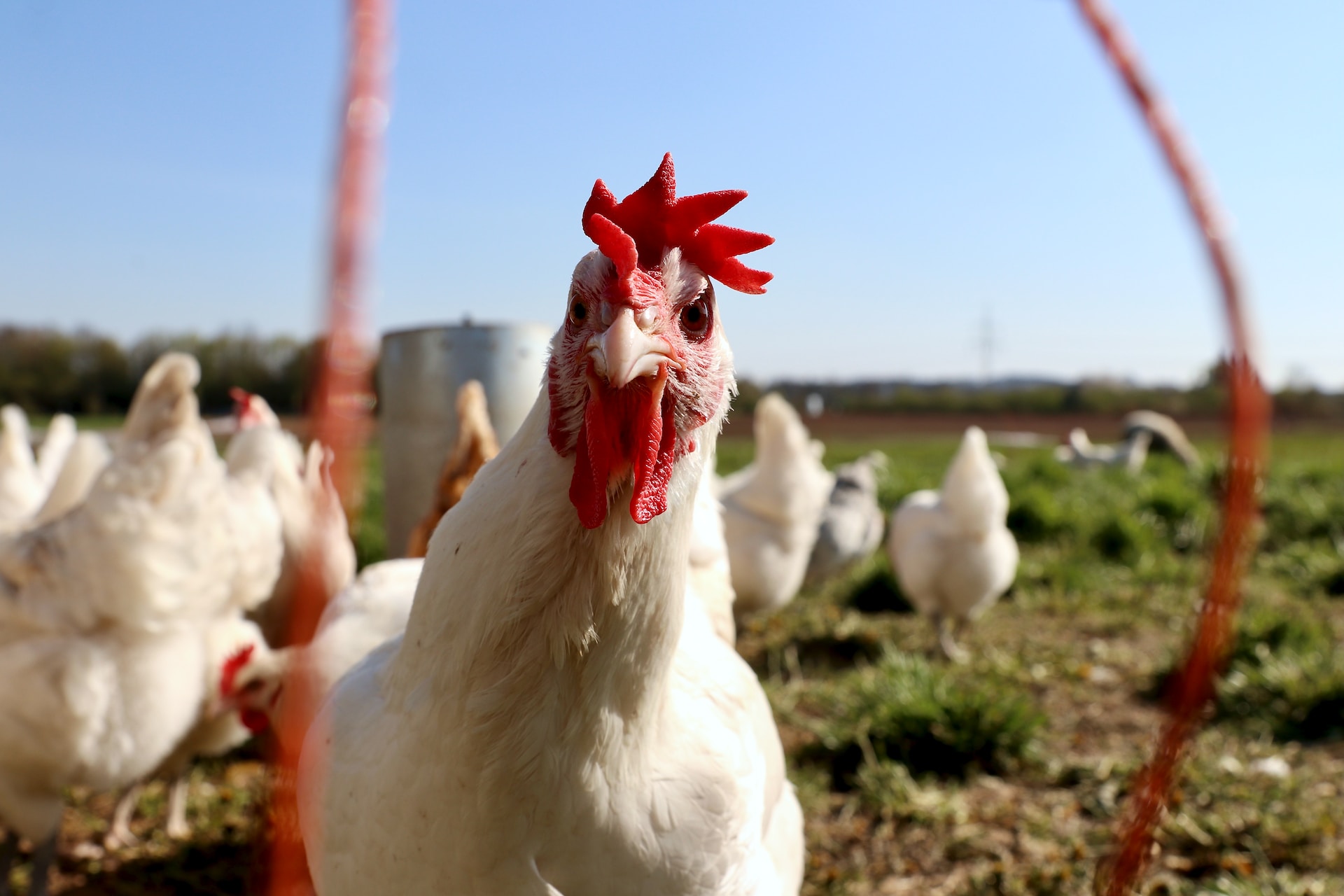The bird flu virus is mutating, here’s how and what it means

Some researchers have observed a "rapid evolution" of the viruses responsible for avian flu and this, in addition to determining the infection of atypical species, also makes them more aggressive. For humans, according to experts, the risk remains low – "for now". All the details
While in Italy doctors are warning of the increased risk of climate-related infections and in Brazil the number of states affected by bird flu rises to 4, a new study conducted by a group of researchers from the St. Jude Children's Research Hospital in Memphis , in the United States, says there is a "rapid evolution" of influenza A(H5N1) viruses.
The research was published in Nature Communications .
I STUDY
First of all, the study notes that after the high spread of highly pathogenic avian influenza A(H5N1) viruses of the clade 2.3.4.4b between Asia, Europe and Africa , by the end of 2021 they also reached North America, leaving understand that the virus runs fast around the world.
Analyzing this strain, the experts have therefore discovered new variants derived from the acquisition of some genes present in influenza viruses previously found in North American wild birds.
“Here we demonstrate that the westward movement of the 2.3.4.4b clade was rapidly followed by a reassortment with circulating viruses in wild birds of North America, resulting in the acquisition of different combinations of ribonucleoprotein genes,” the study states.
WHAT DO THESE MUTATIONS MEAN
"These reassorting A(H5N1) viruses are genotypically and phenotypically diverse, and many of them cause severe disease with dramatic neurological involvement in mammals."
In fact, the virus has proved to be "better" at infecting animals that are not usually subject to avian flu, such as buzzards and eagles.
But in addition to this, the scholars have noticed that the genetic reassortment, responsible for the new variants, has made the strain even more virulent and therefore capable of causing a more serious disease than the already known form. The discovery was made by observing ferrets that experienced "severe neurological effects" due to "an unexpectedly high amount of pathogenicity".
"There is an enormous amount of virus in the brains of infected animals," explained Richard Webby, a researcher at the St. Jude Department of Infectious Diseases who participated in the research. “This is the hallmark of what we saw with these flu strains: an increased pathogenicity associated with a high viral load in the brain. It's not the first time we've seen H5 viruses in the brain, but these are probably among the most virulent we've observed in 24 years of research."
THE “OLD” AVIAN
Previous flu viruses that caused serious illness in North America, experts say, have "burned out" in their main host bird population, and outbreaks quickly ended. This "new" strain, however, in addition to being detected at high levels in infected chickens, has also involved other species.
“It's not just a chicken virus. It's infecting other species of birds and mammals in the United States as well,” Webby said, adding that “the risk of exposure to humans and other mammals is higher than we've ever had in North America” because “we don't We've never been exposed to this level of circulation of these highly pathogenic influenza viruses."
FOR MAN, THE RISK IS STILL LOW (FOR NOW)
While the authors stress the importance and urgency of concerted planning to counter the spread and evolution of the virus within the continent and to mitigate the impact of a potential influenza pandemic , they also add that the risk for man it remains low – “for now”.
There would therefore be no alarm for humans because "the virus seems well adapted to transmission between birds rather than between mammals". However, Webby notes that "the risk seems to be changing, and these viruses are doing things we've never seen H5 viruses do."
“A person would have to work very hard to get infected with this virus – he concluded -. But if you get infected, there's a real chance you'll get a serious disease."
This is a machine translation from Italian language of a post published on Start Magazine at the URL https://www.startmag.it/sanita/il-virus-dellinfluenza-aviaria-sta-mutando-ecco-come-e-cosa-significa/ on Thu, 08 Jun 2023 11:32:17 +0000.
